A place which is majestic in its scope and fascinating in the depth and variety of its experiences? That’s right! We are talking about Ladakh which is one of the best places to visit in the world. This place is a union territory which comprises of two districts namely Leh and Kargil. Ladakh is not only renowned for its High passes, sheer cliffs, gorgeous lakes and long empty roads but for its remote mountain beauty, distinct culture and an atmosphere of peace and purity which fills the air through its numerous monasteries.
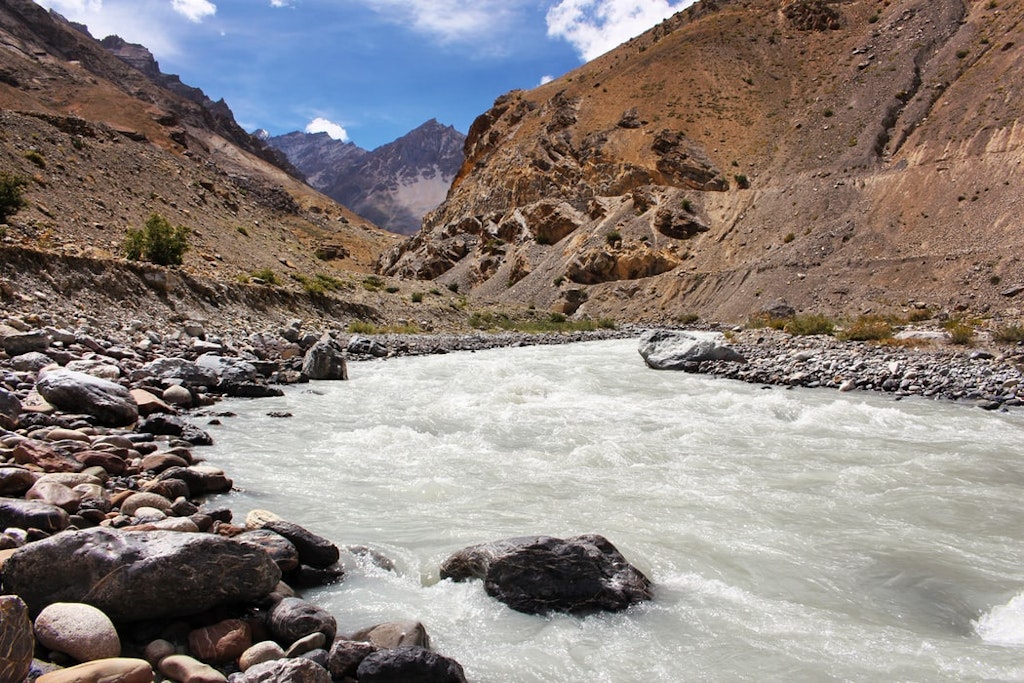
Escape from the constant buzz of India’s big cities to Ladakh which offers you the much-needed peace. Set to the backdrop of jagged mountains, it is a sparsely populated region between the Kunlun and Himalayan mountain ranges. Here, you would be able to find prayer-flag lined Buddhist monasteries, self-sustaining homesteads, and running streams. People interested in hiking can camp at Pangong Tso, a rugged lake surrounded by imposing mountains – perfect for using as a base for the area’s many hiking trails between the warm months of June and September.
Top 7 Monasteries in Ladakh
If you are looking to indulge in meditation, want to find inner peace or solemnity, then visiting Monastries in Ladakh is the best way to do it. Find below the list of monasteries in Ladakh handpicked by us that you must visit on a trip to Ladakh to have a peaceful and soul-stirring experience.
Hemis Monastery
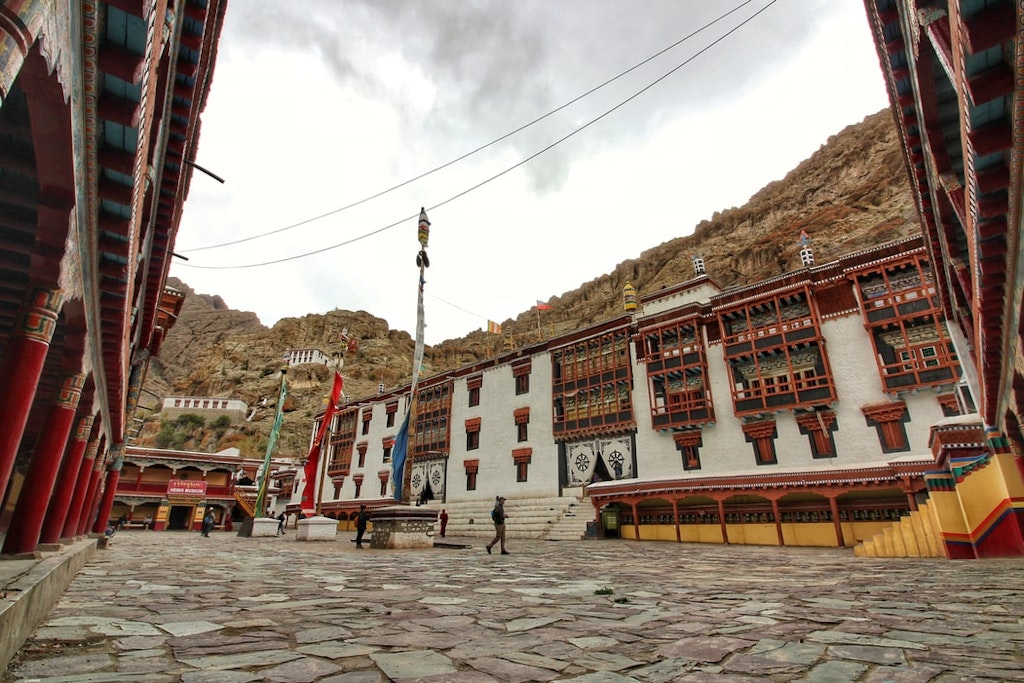
Hemis is one of the largest and most popular monasteries in Ladakh which is situated around 45 km to the south of Leh on the western banks of the Indus River. It is considered to be one of the wealthiest Buddhist monasteries in Leh and Tibet. Built during the rule of the King Singge Namgyal, Hermis shares its origin with Naropa- an Indian Buddhist who attained enlightenment here. The monastery is impressive and intriguing from other monasteries as it is decorated on all four sides by colourful prayer flags which flutter in the breeze and send prayers to Lord Buddha.
Thiksey Monastery
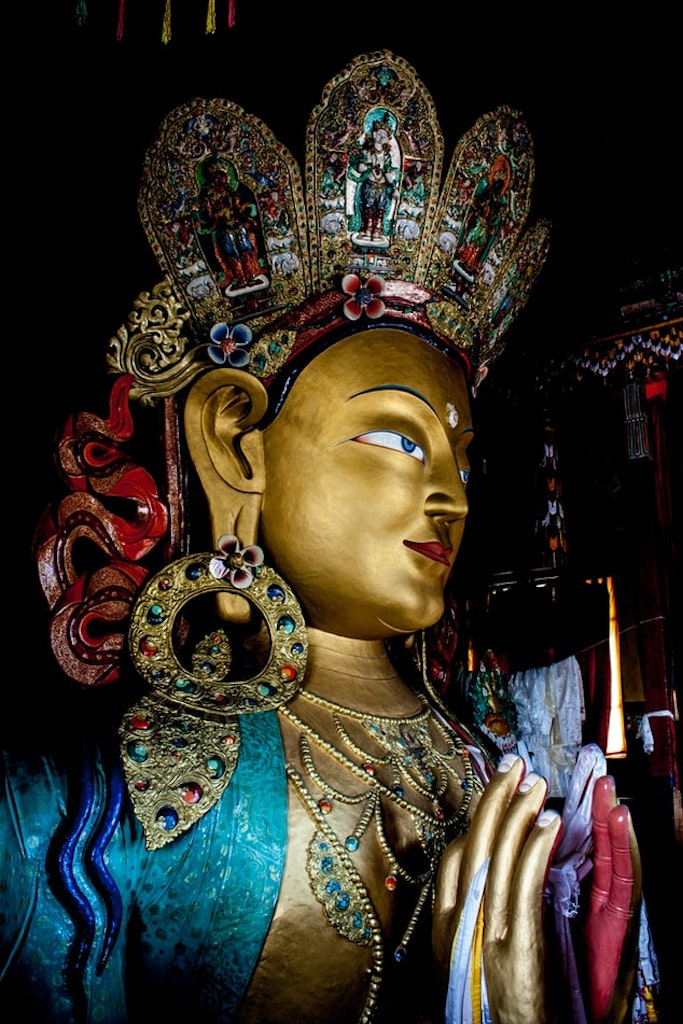
Thiksey is one of the beautiful Buddhist monasteries in Ladakh which resembles the Potala Palace in Lhasa, Tibet. This monastery comprises a 12-storey building complex and houses more than 500 monks and is looked after by the people of Yellow Hat (Gelugpa) sect. Buddhist books, journals, statues, scripts, stupas, swords, and Thangka paintings are some of the large and precious collections, Thiksey Monastery has. The Maitreya Buddha statue here is a 15 m (49 ft) magnificent high statue which took over 4 years to craft. It is probably the most photographed statue of the Buddha of the future!
Diskit Monastery
Diskit is one of the oldest Buddhist monasteries in Ladakh. It was founded in the 14th century by Changzem Tsera Zangpo and belongs to the Gelugpa sect (Yellow Hat) of Tibetan Buddhism which is located in the beautiful Nubra Valley. It has various Buddha statues, images of other guardian gods, and a huge drum. This is one of the famous monasteries in Ladakh which offers solemn serenity and inner peace, owning to its breathtaking location.
Likir Monastery
Likir Monastery was founded by Lama Duwang Chosje in the 14th century. It is also known as Likir Gompa and located 53 km west of Leh in the Likir village in the Indus Valley. It is a well-known tourist spot in northern India. This is the first construction by the Tibetan monks according to Buddhist mythology. The museum showcases a wide array of Tibetan artefacts and relics. It is not the original one structured in the 11th century as fire ruined the primary building and after that, the monastery was reconstructed in the 18th century.
Spituk Monastery
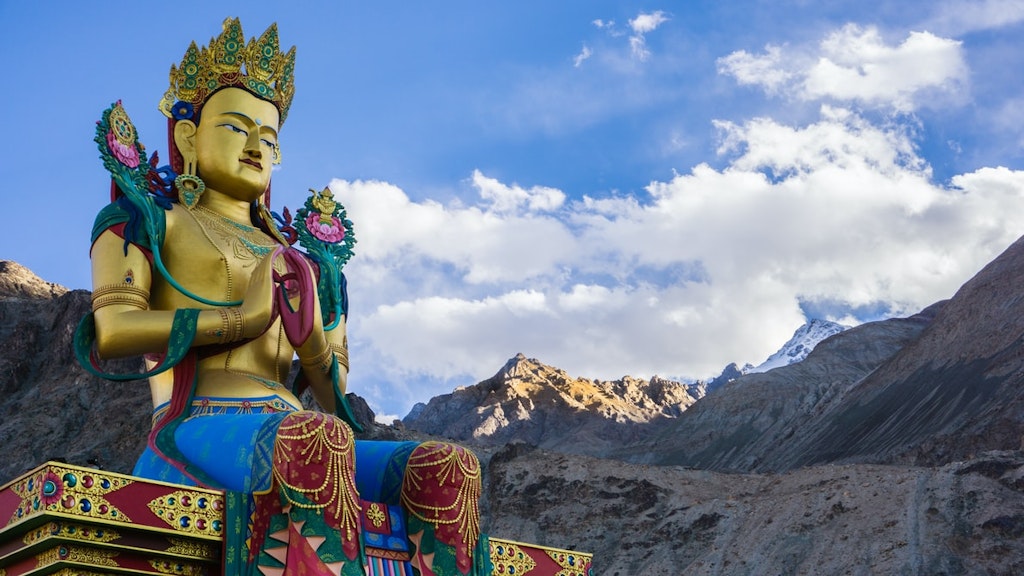
Spituk Monastery is situated on the hilltop and was founded by Od-Ide in the 11th century. Stok, Sankar and Saboo are the three chapels in Spituk. It consists of ancient memorials, idols, frescoes, statues and religious scriptures. The word ‘Spitok’ means exemplary and today it is the home of 100 monks. It also houses an awe-inspiring image of Mahakaal, the face of this image is kept covered and is unveiled at the annual festival of Spituk in January. Ancient masks, antique arms, other icons and numerous Thangkas are some of the rich collections this monastery’s museum has.
Stakna Monastery
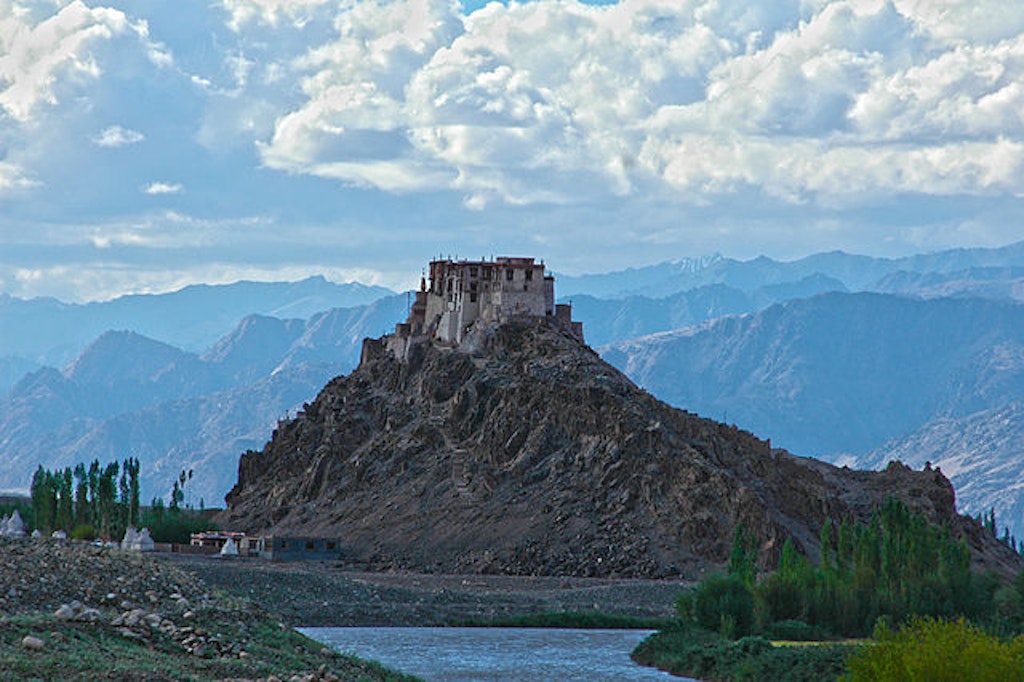
Stakna- locally known as Tiger’s Nose is a small and serene monastery which houses numerous paintings, idols, and Buddhist scriptures, and has many sister monasteries like in Zanskar-Bardan, Stakrimo, and Sani. It was founded during the reign of King Jamyang Namgyal in 1580. Stakna monastery in Leh Ladakh offers amazing and jaw-dropping views of the Indus valley and is located on the left bank of Indus River and perched on a hill.
Alchi Monastery
Alchi Choskor Monastery is one of the largest and most reputed monasteries of Ladakh and is a branch of Likir raised by Lotsawa Rinchen Zangpo. Alchi is located on a plain land and its complex comprises of three sections- Dukhang, Sum-tsek, and the temple of Manjushri. It boasts of ancient sculptures, books, paintings, and figurines. Alchi Monastery in Ladakh is one of the most popular attractions here.
Monasteries in Ladakh are much more than religious centres. Some of the famous monasteries mentioned above are purifying havens where one can find inner peace. Plan a trip to Ladakh with Pickyourtrail and include the stunning monasteries in your itinerary to enjoy the splendid and spectacular topographical medley comprising snow-capped mountains, sprawling cold deserts, sparkling lakes, surreal glaciers, and serene mountain passes. Ladakh has a surreal beauty that allures and fascinates everyone which has an amazing history and sparkling heritage too. The monasteries in Ladakh still hold the Buddhist heritage alive and fresh.
Related Itineraries
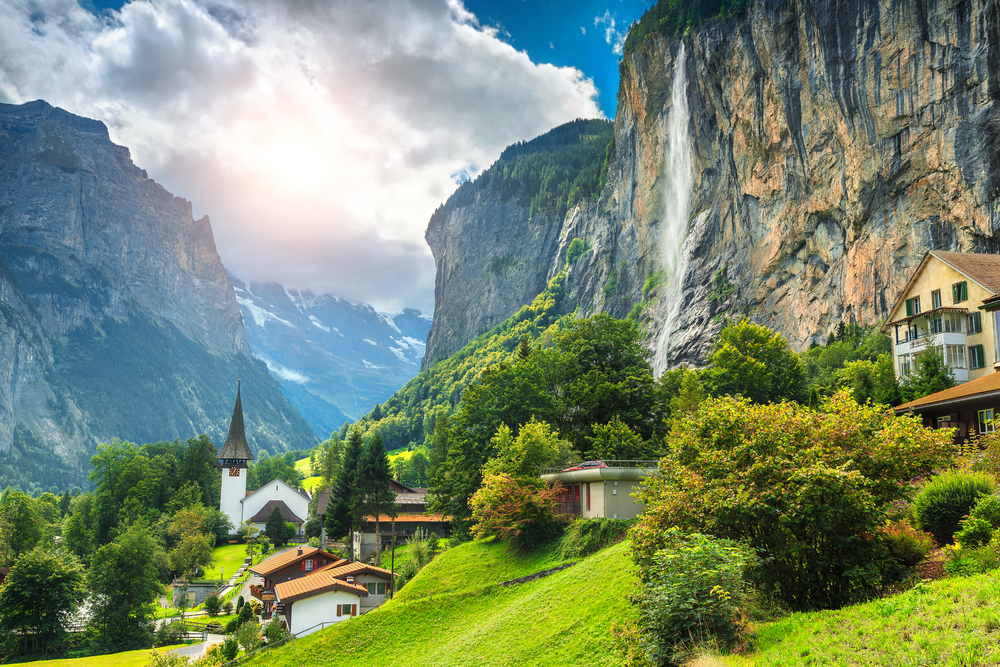
Relaxing 7 day Switzerland itinerary for the Honeymoon travellers
- Flights excluded
- 4 star accommodations
- 6 activities
- Private transfer
₹ 2,20,885
Starting price/person
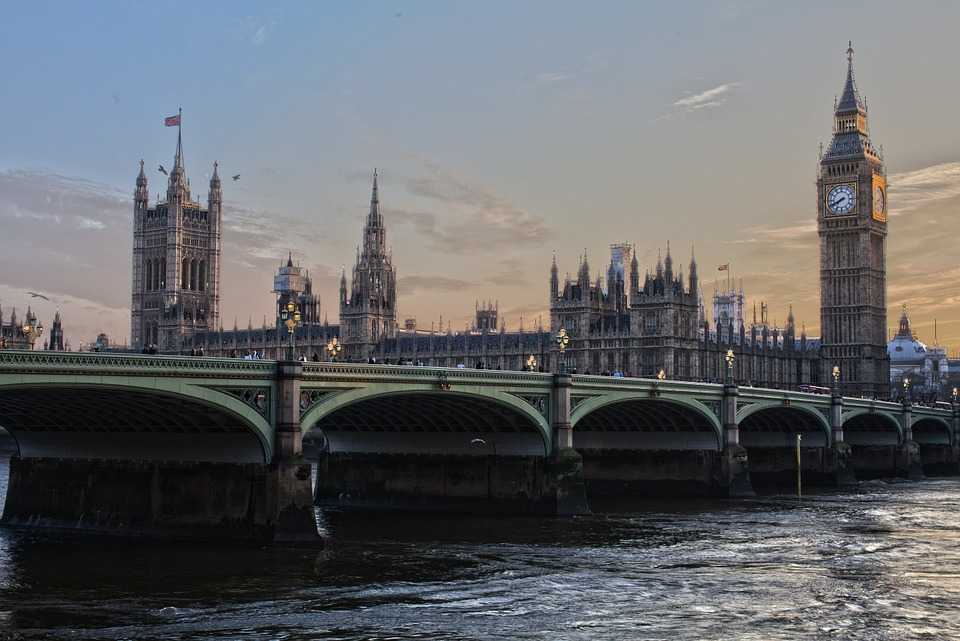
London Dreams: Stay in London and wander around for 6 night stay
- Flights excluded
- 3 star accommodations
- 7 activities
- Shared transfer
₹ 1,07,442
Starting price/person
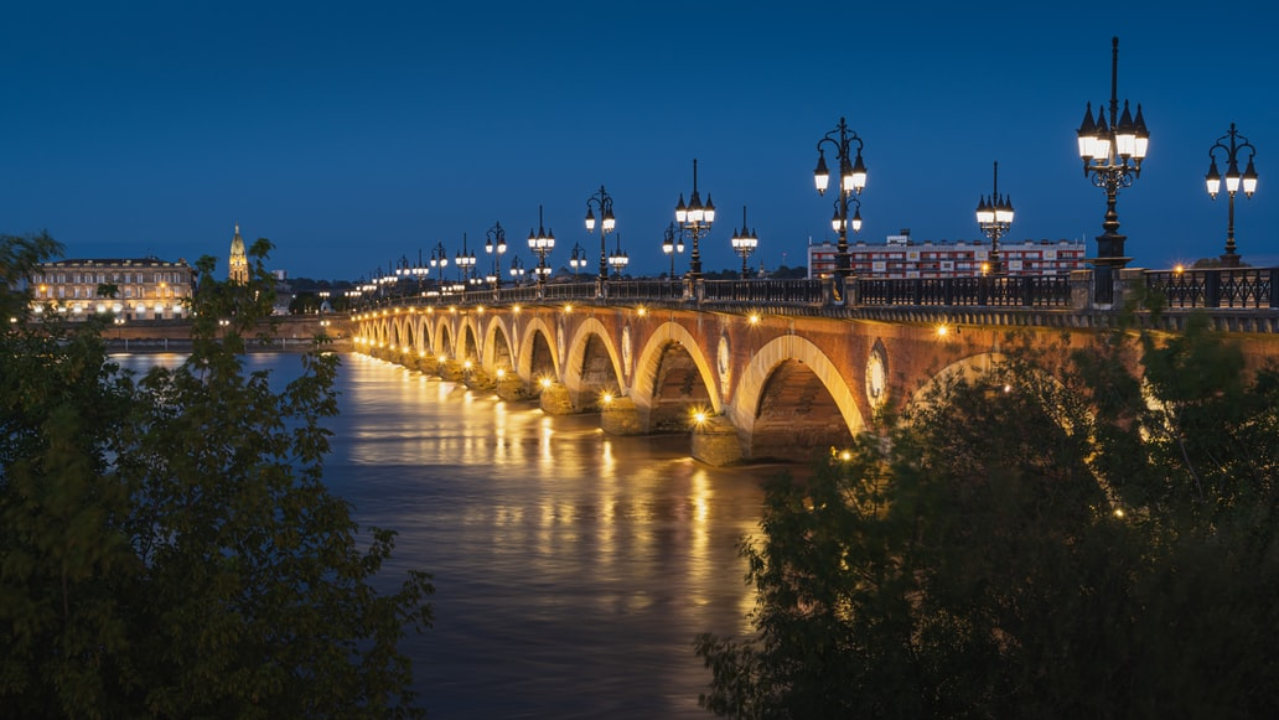
Beautiful 9 Nights France Tour Packages
- Flights excluded
- 3 star accommodations
- 6 activities
- Shared transfer
₹ 52,649
Starting price/person
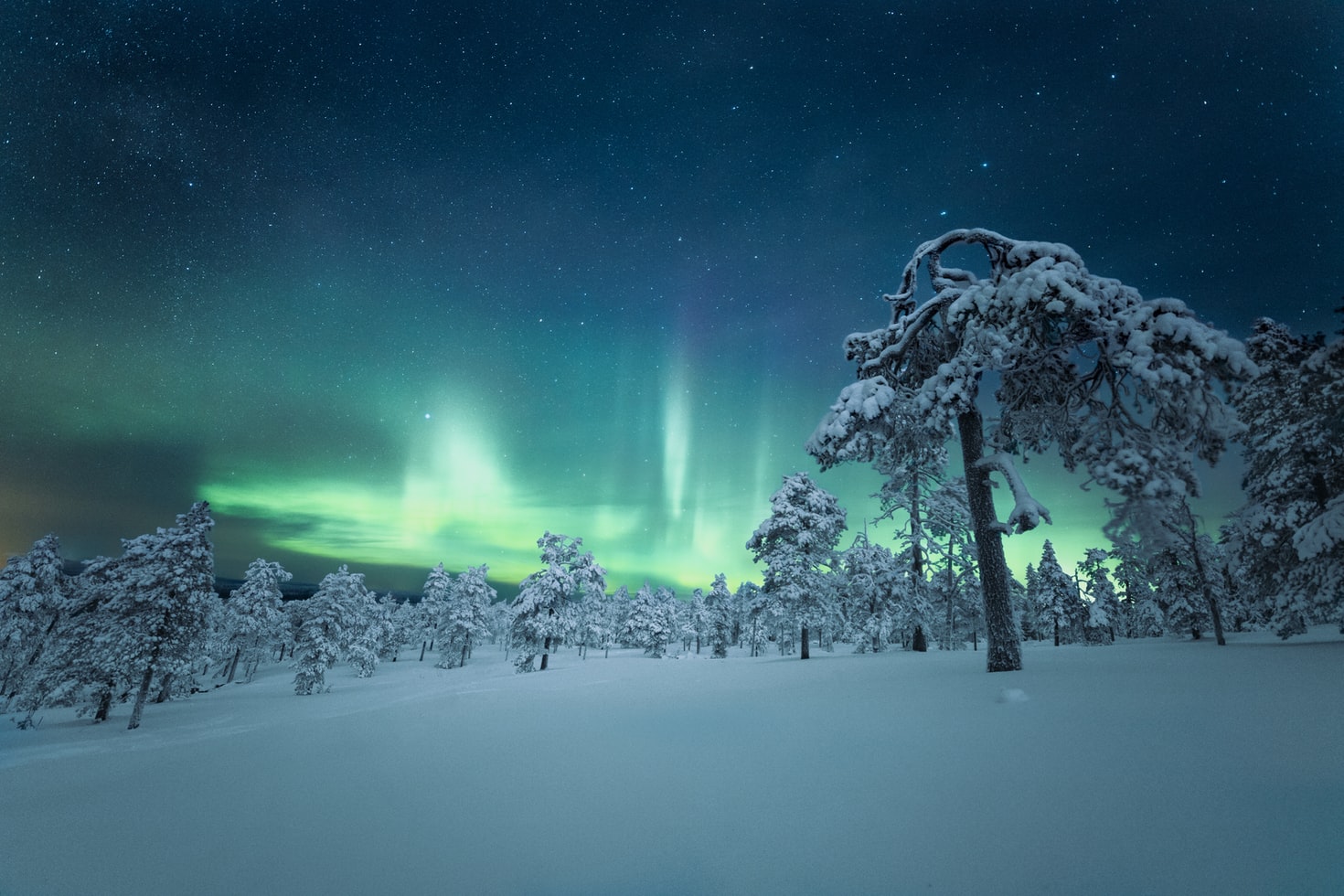
Stunning 6 Nights Northern Lights Packages
- Flights excluded
- 2.5 star accommodations
- 3 activities
- Transfers excluded
₹ 64,954
Starting price/person

Fantastic 6 Nights Finland Northern Lights Tour Package
- Flights excluded
- 4 star accommodations
- 2 activities
- Shared transfer
₹ 69,369
Starting price/person
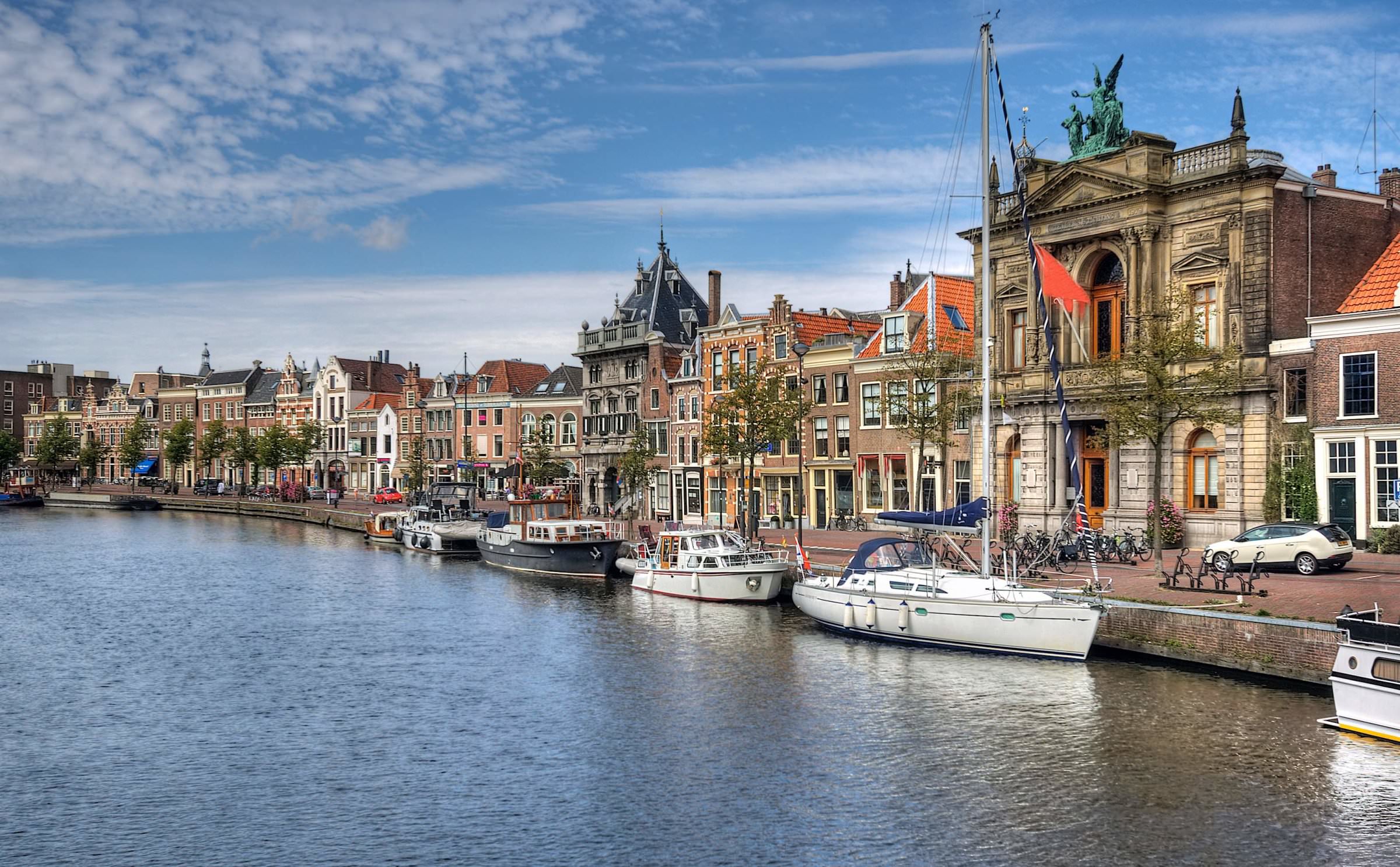
Amazing 10 Nights Netherlands Trip Package
- Flights excluded
- 2 star accommodations
- 9 activities
- Private transfer
₹ 52,895
Starting price/person

Magical 10 Nights Spain Tour Package
- Flights excluded
- 4 star accommodations
- 9 activities
- Shared transfer
₹ 1,17,742
Starting price/person

Europe Tour Packages For 6 Nights
- Flights excluded
- 4 star accommodations
- 7 activities
- Shared transfer
₹ 52,876
Starting price/person

Europe Trip Packages For 10 Nights
- Flights excluded
- 4 star accommodations
- 9 activities
- Shared transfer
₹ 73,921
Starting price/person
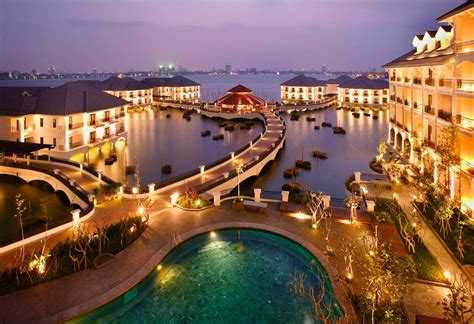
Romantic 8 Nights Bali and Vietnam Honeymoon Packages
- Flights included
- 4 star accommodations
- 6 activities
- Shared transfer
₹ 99,947
Starting price/person



